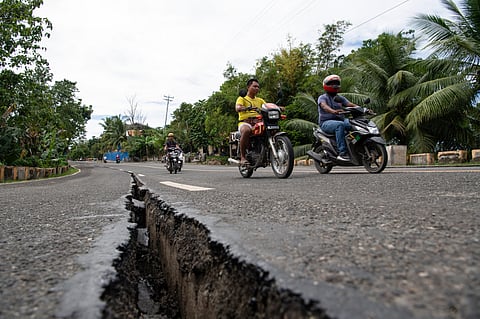
- NEWS
- the EDIT
- COMMENTARY
- BUSINESS
- LIFE
- SHOW
- ACTION
- GLOBAL GOALS
- SNAPS
- DYARYO TIRADA
- MORE

As fear of the “Big One” resurfaces following the recent 6.9-magnitude earthquake that struck Cebu City, the Philippine government is set to revisit a 2004 study on earthquake preparedness in collaboration with Japan in 2026.
Department of Science and Technology–Philippine Institute of Volcanology and Seismology (DOST-PHIVOLCS) Director Teresito Bacolcol said in a forum on Saturday, 4 October 2025, that talks with the Japan International Cooperation Agency (JICA) are underway to update the 2004 “Earthquake Impact Reduction Study for Metro Manila.”
“There are already ongoing talks with JICA, OCD (Office of Civil Defence), DOST, and of course our office,” Bacolcol said.
According to the 21-year-old study by JICA, PHIVOLCS, and the Metropolitan Manila Development Authority (MMDA), if the National Capital Region (NCR) were struck by a 7.2-magnitude earthquake, Metro Manila alone could see as many as 33,500 fatalities and 113,600 injured, based on its then-population of 9,932,560.
The population has since grown. The Philippine Statistics Authority (PSA) reported in its 2024 Population Census that NCR’s population now stands at 14,001,751.
“We will revisit the study. Of course, that’s already 20 years old and a lot has already happened. The population of Metro Manila grew and there are a lot of new buildings, so we really need to revisit the study,” Bacolcol emphasized.
He noted that the new study is expected to be completed within two years, with work set to begin next year.
